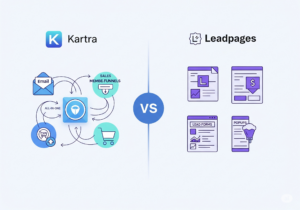
Kartra vs. Leadpages: Which is Better for Your Lead Generation?
Kartra and Leadpages both help you grow your business online fast. But they serve different purposes, so the choice really depends on you. Kartra is
A lead capture page is a simple tool to collect contact details. It’s where people enter their email, name, or phone number.
In exchange, they usually get something useful or interesting in return. That could be a free e-book, discount code, or helpful checklist.
These pages are used by marketers, bloggers, and small business owners. They help you build a list of people who are interested.
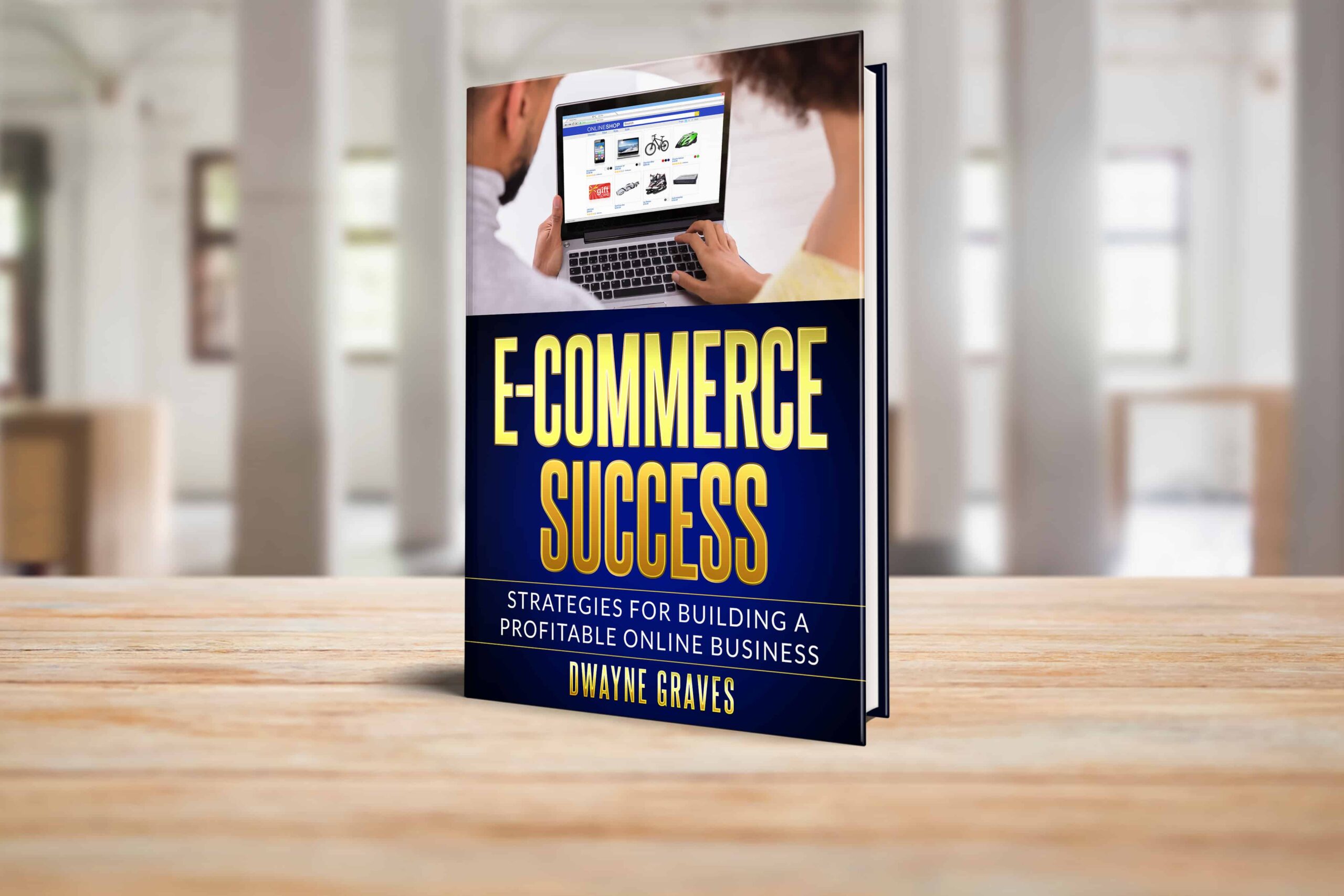
Affiliate Disclaimer: I earn commission (get paid) if you click on the links and purchase a product below. My earnings do not impact the price you pay.
You can later send emails, updates, or offers to this list. It’s a great way to grow your audience and build trust.
Lead capture pages are short, focused, and easy to understand. They have one message, one offer, and one clear button to click.
You’ve probably signed up on one without even noticing it before. They’re used in ads, social media links, and even blog popups.
In this guide, you’ll learn how they work and why they matter. It’s a must-have tool if you want to grow online.

Businesses use lead capture pages to collect people’s contact details easily. These pages usually ask for a name, email, or phone number.
In return, visitors get a freebie, discount, or helpful resource instantly. This is a smart way to build a list of leads. Once someone signs up, you can contact them again later.
You can send emails, make calls, or share updates and offers. It keeps your business connected with people who showed real interest.
Marketers love these pages because they bring long-term value fast. Instead of losing a visitor, you now have their details saved. Even if they don’t buy today, you can follow up later.
Lead capture pages are used in ads, social posts, or websites. They help turn traffic into real leads you can actually reach. That’s why smart business uses them to grow and sell more.

Lead capture pages are a powerful tool for small business growth. They help you stay in touch with people who visit your page. Here’s how they can make a big difference:
Not everyone buys the first time they see your offer. By collecting emails, you can remind them later with updates.
You can send discounts, early deals, or holiday promotions easily. This brings back old visitors and turns them into buyers.
Sharing helpful tips through email builds trust with your audience. They’ll remember you when they’re ready to buy your product.
It’s cheaper to market to past visitors than find new ones. Lead capture pages help you grow your business without big spending. That’s why SMBs should start using them right away.

A good lead capture page should be clear, simple, and focused. You don’t need fancy designs; just a clean layout that works. Here are three things every strong lead capture page must have:
Start with a headline that tells people what they’ll get. It should be short, clear, and grab their attention right away. Example: “Get Your Free Guide to Social Media Marketing Today.”
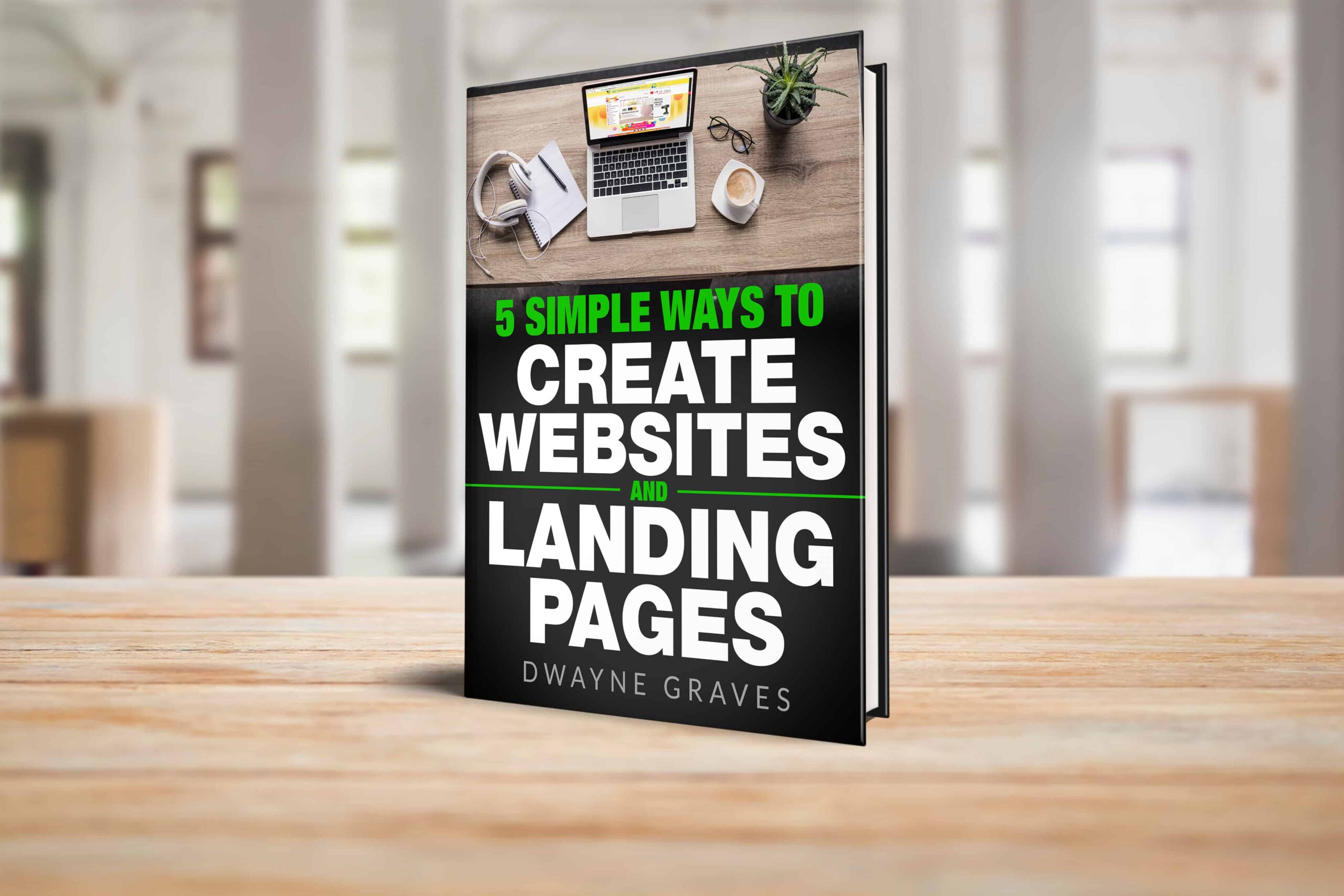
Don’t ask for too much info; just what you really need. Usually, a name and email are enough to get started. Long forms scare people away and reduce your sign-up rates.
Give them a reason to sign up right at that moment. It could be a free checklist, discount code, or useful e-book. Make sure your offer sounds helpful, exciting, and worth their time.
Keep everything focused on one goal: getting that contact information. Avoid distractions like too many links or a long paragraph of text.
A strong lead capture page can grow your list day by day. And once you have that list, you can keep them coming back.

Many people make simple mistakes when building a lead capture page. These mistakes can lower sign-ups and hurt your business growth.
Don’t ask for more than you actually need right now. People don’t like giving phone numbers or full addresses too soon. Stick to basics: like just name and email; for better results.
Always give people a reason to share their contact details. A freebie, discount, or useful guide works better than “Subscribe now.” Make your offer clear, helpful, and worth their time instantly.
If your page has too many words, people get lost. Keep the message short and use simple, friendly language throughout. One message, one offer, and one action; it really works best.

A lead capture page helps collect names, emails, or phone numbers. Once you have their details, you can reach out anytime later. This is the first step to turning visitors into customers.
You don’t need to be a tech expert to make one. Just keep it simple, clear, and focused on one strong offer. Use a short form, write a clear headline, and offer value.
Once people sign up, you can send them tips or discounts. This builds trust and encourages them to buy from you later. Even if they don’t buy now, they might buy soon.
That’s why small businesses and creators use lead capture pages daily. It’s a smart way to grow without spending too much money.
Start with one page and test what works best for you. With the right setup, your page can bring leads every day.

Kartra and Leadpages both help you grow your business online fast. But they serve different purposes, so the choice really depends on you. Kartra is
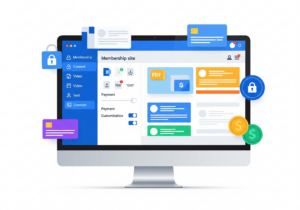
A membership site gives content only to people who sign up first. It’s great for courses, training, digital products, or private communities. You control who
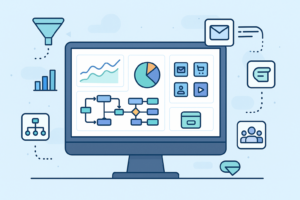
Kartra is an all-in-one platform made for online businesses. It helps you build, launch, and grow your business from one place. You don’t need ten
Copyright 2021 Dwayne Graves Online | All Rights Reserved |